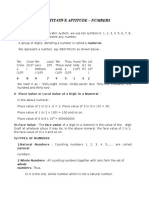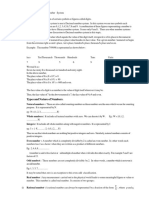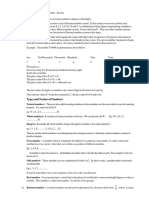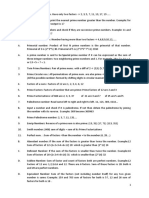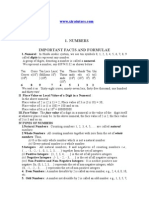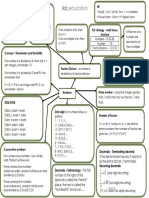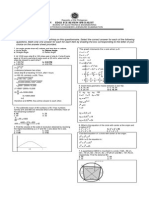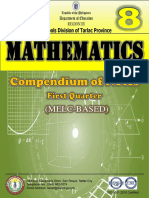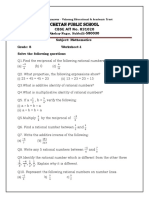0% found this document useful (0 votes)
43 views4 pagesNumber Based Programs List
The document outlines various types of number classifications, including Armstrong, Perfect, Palindrome, Prime, Strong, Harshad, Automorphic, Happy, Fibonacci, Kaprekar, Duck, Spy, Neon, Evil, Deficient, Perfect, Abundant, Smith, Buzz, and Tech numbers. Each classification is accompanied by a definition and an example to illustrate the concept. These classifications provide insights into the properties and characteristics of different numbers.
Uploaded by
fortfire.godgamersCopyright
© © All Rights Reserved
We take content rights seriously. If you suspect this is your content, claim it here.
Available Formats
Download as DOCX, PDF, TXT or read online on Scribd
0% found this document useful (0 votes)
43 views4 pagesNumber Based Programs List
The document outlines various types of number classifications, including Armstrong, Perfect, Palindrome, Prime, Strong, Harshad, Automorphic, Happy, Fibonacci, Kaprekar, Duck, Spy, Neon, Evil, Deficient, Perfect, Abundant, Smith, Buzz, and Tech numbers. Each classification is accompanied by a definition and an example to illustrate the concept. These classifications provide insights into the properties and characteristics of different numbers.
Uploaded by
fortfire.godgamersCopyright
© © All Rights Reserved
We take content rights seriously. If you suspect this is your content, claim it here.
Available Formats
Download as DOCX, PDF, TXT or read online on Scribd
/ 4































